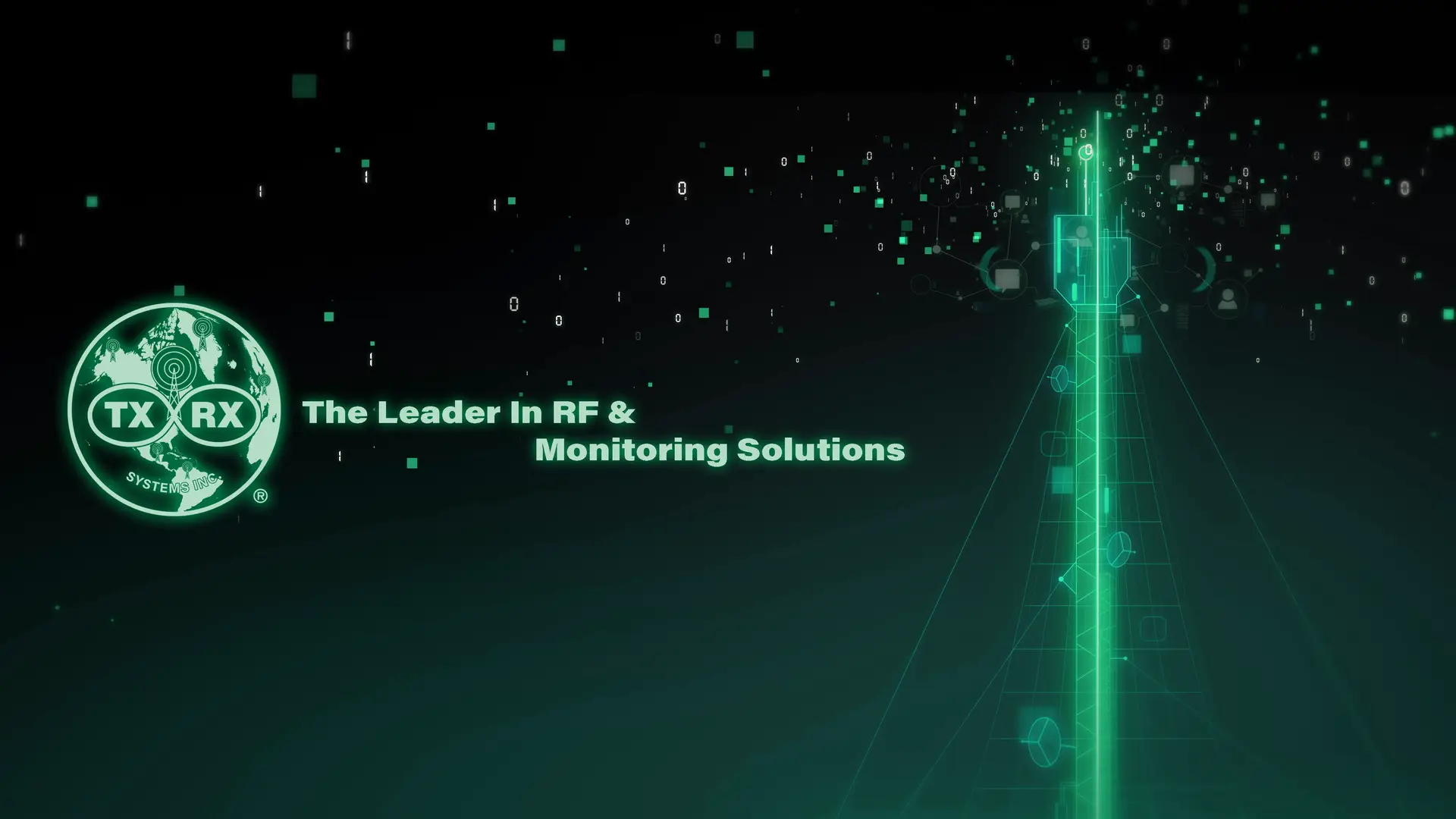Innovations in Low-Latency RF Systems for Critical Applications
Immediate and reliable communication is essential. Low-latency solutions are crucial in industries like healthcare and emergency services. Industries where every second counts. Speed is everything. These systems minimize delays, ensuring communication is both fast and dependable. Every millisecond matters.
In fields like remote surgery, and emergency response, even the slightest delay can make a life-or-death difference. Precision is vital. As the demand for faster communication grows, low-latency systems are becoming the backbone of these industries.
The Need for Low-Latency in Modern Applications
Low-latency technology minimizes data transmission delays. This enables faster communication between devices and networks. In latency-sensitive applications delays can have detrimental impacts. For example, delays in healthcare could endanger patient safety. Similarly, in emergency communications, delays in coordinating first responders can have life-or-death consequences.
The demand for low-latency radio frequency (RF) systems continues to rise. The push for faster communication is undeniable. As global connectivity expands, industries are adopting these solutions to enhance user experience and deliver real-time services. Faster communication drives better outcomes. The ongoing development of 5G and beyond fuels the need for high-performance, low-latency systems, especially in critical areas like emergency response and disaster management. Speed and reliability are everything.
Key Technologies Powering Low-Latency RF Systems
Key technologies drive the creation of high-performance systems for modern latency demands. Software-Defined Radio (SDR) systems are at the forefront. They combine analog and digital components, offering unmatched flexibility. SDRs allow rapid protocol changes without hardware adjustments, minimizing latency in real-time operations. Flexibility is key. These systems are crucial in telecommunications, healthcare, and emergency communications.
To achieve low latency in SDR systems, every component must be optimized. Group delay, sampling rates, and digital signal processing (DSP) all matter. Each stage counts. By reducing DSP complexity and selecting fast converters, delays are minimized, improving system performance.
Field-programmable gate arrays (FPGAs) are another critical technology in low-latency applications. Highly customizable and reprogrammable, they process data in parallel for real-time performance. Built for speed, FPGAs are essential where split-second decisions are needed.
Direct RF Technology takes performance to the next level. It directly digitizes wideband signals, removing the need for RF tuners and upconverters. Less complexity, more efficiency. Direct RF enables high-speed, real-time processing with fewer delays, offering significant performance and cost benefits. It’s transformative for radar, electronic warfare (EW), and SDR systems.
Low-latency networks are equally important. These networks use programmable platforms and SmartNICs (smart network interface cards) to reduce delays. Speed is everything. These FPGA-programmable devices cut latency to milliseconds—or even nanoseconds. This is vital for online gaming, trading, and emergency response.
Finally, fiber-optic cables play a key role in low-latency communication. They transmit large data volumes with minimal loss. When combined with RF systems, fiber-optics ensure reliable, fast communication. This combination is critical for applications requiring both speed and accuracy.
Low-Latency RF Systems in Critical Industries
In telemedicine, low-latency RF systems are essential for enabling remote surgery and real-time patient monitoring. Every second counts. Delays in these applications can lead to serious consequences. But SDR systems ensure high bandwidth and reliable communication, making them vital for such demanding tasks. Reliability is key.
Internet of Things (IoT) systems also rely on low-latency communication. These process vast amounts of real-time data from sensors and cameras. Speed is critical. RF systems, integrated with edge computing, minimize delays, ensuring safety and optimal performance. They enable immediate responses to environmental changes, keeping systems reactive and safe.
Emergency communications are another area where low-latency RF systems need never fail. In situations like natural disasters or medical emergencies, delays can be life-threatening. Time is everything. Low-latency RF systems allow emergency personnel to access real-time data, making quick decisions and taking effective actions. Information is power. SDRs and advanced network platforms provide reliable communication between emergency units, even in remote areas. These systems ensure seamless, low-latency communication across various frequencies, ensuring coordination under pressure.
Addressing the Challenges of Low-Latency Systems
Achieving reliable low-latency performance in critical applications requires balancing several key factors. Latency, power consumption, and system complexity must all be optimized. As demand grows, managing these complexities becomes crucial. Hardware limitations, such as processing speed and memory access, often introduce delays. But caching strategies—like lazy loading and write-through caching—can significantly speed up data retrieval, boosting system responsiveness. By fine-tuning these elements, systems can achieve the high performance required in real-time environments.
Concurrency and parallelism are essential for reducing latency. By breaking tasks into smaller sub-tasks and executing them simultaneously, resources like CPU cores and memory are used more efficiently, speeding up processing. Network optimization is equally important. Connection pooling, protocol optimization, and edge computing help reduce delays. Load balancing distributes traffic evenly across systems. This prevents bottlenecks and ensures smooth, consistent performance.
However, system complexity remains a major challenge. Distributed systems and microservices architectures often create communication delays due to inter-service coordination and middleware layers. Optimizing data I/O operations and utilizing specialized hardware like FPGAs can address these complexities. This ensures low latency while maintaining high performance and scalability.
To succeed in low-latency system design, engineers must carefully balance trade-offs. By leveraging parallel processing, efficient caching, and advanced network architectures, systems can handle real-time performance, even under heavy load. Low-latency solutions can meet the demands of the most critical applications.
The Future of Low-Latency RF Systems
The demand for ultra-low-latency RF systems is growing fast. This surge is driven by advancements in 5G, edge computing, and satellite communication. These technologies will enable faster, more reliable communication. Low-latency systems will be essential as real-time communication becomes even more critical.
TX RX Systems is ready to support this growth with nearly 50 years of experience under our belts. This means we can provide our expertise in high-performing RF solutions designed for low-latency applications. Our antennas, bi-directional amplifiers (BDAs), and tower-top amplifiers (TTAs) minimize delays and maximize reliability. We help industries achieve fast, efficient communication by leveraging cutting-edge RF technologies.
TX RX Systems is here to help. Contact us today to ensure your systems are prepared for the future.

